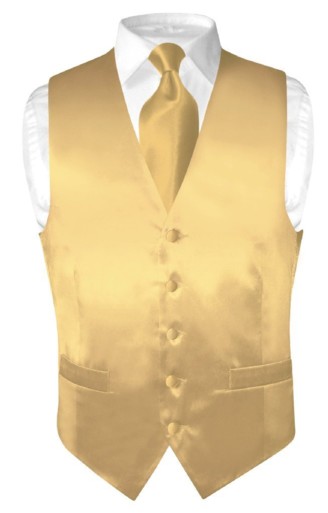Golden Advice That Suits Any Investor
I receive a lot of press releases, but few are as useful as the one that hit my inbox on Friday. It arrived after the markets closed, so I wasn’t able to act on it, but I’m sharing it with you today in the hope that you’ll benefit, too. According to a Toronto investment firm, [...]
 I receive a lot of press releases, but few are as useful as the one that hit my inbox on Friday. It arrived after the markets closed, so I wasn’t able to act on it, but I’m sharing it with you today in the hope that you’ll benefit, too. According to a Toronto investment firm, gold may be overvalued based on the gold-to-decent-suit ratio.
This breaking news, which was picked up in Friday’s Financial Post, revealed that “the cost for an ounce of gold in 1967 was $35, exactly the same price as a decent suit from Eaton’s,” while in 1975, “gold weighed in at $100 an ounce, a 1:1 ratio with a decent suit from Eaton’s during the same year.”
However, with the shiny metal now at well over $1,800 an ounce, the gold-to-decent-suit ratio—let’s call it the GDSR—is way off. Today, says the investment firm, “a Burberry London men’s black wool two-button suit” costs a mere $1,150 at Holt Renfrew. “Although no one knows for sure, we believe that the price of a decent men’s suit and gold will converge to the same level.” Personally, I’m just grateful I didn’t invest in Eaton’s.
In any case, you can take advantage of insights like this by investing in the firm’s Canadian equity fund (MER 2.53%), which has underperformed the S&P/TSX Composite by 2.6% annually since its launch, or its balanced fund (MER 2.31%), which has lagged its own custom benchmark by 3.3% annually since 2002.
I receive a lot of press releases, but few are as useful as the one that hit my inbox on Friday. It arrived after the markets closed, so I wasn’t able to act on it, but I’m sharing it with you today in the hope that you’ll benefit, too. According to a Toronto investment firm, gold may be overvalued based on the gold-to-decent-suit ratio.
This breaking news, which was picked up in Friday’s Financial Post, revealed that “the cost for an ounce of gold in 1967 was $35, exactly the same price as a decent suit from Eaton’s,” while in 1975, “gold weighed in at $100 an ounce, a 1:1 ratio with a decent suit from Eaton’s during the same year.”
However, with the shiny metal now at well over $1,800 an ounce, the gold-to-decent-suit ratio—let’s call it the GDSR—is way off. Today, says the investment firm, “a Burberry London men’s black wool two-button suit” costs a mere $1,150 at Holt Renfrew. “Although no one knows for sure, we believe that the price of a decent men’s suit and gold will converge to the same level.” Personally, I’m just grateful I didn’t invest in Eaton’s.
In any case, you can take advantage of insights like this by investing in the firm’s Canadian equity fund (MER 2.53%), which has underperformed the S&P/TSX Composite by 2.6% annually since its launch, or its balanced fund (MER 2.31%), which has lagged its own custom benchmark by 3.3% annually since 2002.









